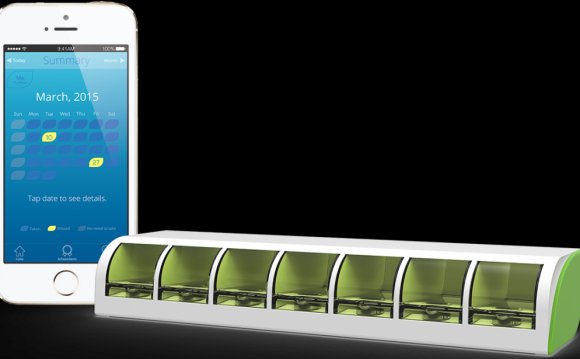
Assistive technology for elderly
George Demiris, PhD, 1Marilyn J. Rantz, PhD, RN, 2Marjorie Skubic, PhD, 3Myra A. Aud, PhD, RN, 2 and Harry W. Tyrer, Jr, PhD3
1 division of wellness control and Informatics, University of Missouri-Columbia, Columbia, MO
2 Sinclair School of Nursing, University of Missouri-Columbia
3 School of Engineering, University of Missouri-Columbia
Abstract
This study aim will be explore the perceptions of seniors in regards to “smart home” technology looking to enhance their quality of life and/or monitor their own health status. An overall total of 15 older adults took part in three focus teams. Individuals had an optimistic mindset towards these technologies and identified application places including emergency assistance, recognition of falls, monitoring of physiological parameters. Issues had been expressed about privacy as well as the need for tailored instruction.
Introduction
The goal to meet older grownups’ aspire to remain separate yourself while managing house medical care expenses features generated the development of “smart house” or assistive technologies. A smart house is a residence built with technology that improves security of customers in the home and monitors their own health conditions.
Several pilot tasks have actually introduced “smart house” technologies both in the united states and Europe. Such projects utilize solutions for senior with transportation impairments and/or cognitive disabilities. Products and detectors control lighting effects, windows, doors, hair, liquid outlets, electrical power and kitchen stove, also visual and tactile signaling devices. Within our study, an interdisciplinary group is conducting a needs assessment that will provide the blueprint for the design of a non-obtrusive monitoring system consisting of devices and sensors to deal with the needs and concerns of older grownups. This design will likely be integrated in Tiger Place, a 34, 000 square foot facility developed by the University of Missouri-Columbia with Americare techniques, Inc., of Sikeston, Missouri. Focus has been added to a situation of art building and apartment design that supports independence, for that reason helping residents to age in place.
This study aims to examine seniors’ attitudes in direction of and perceptions of “smart home” technologies, their particular benefits and drawbacks, feasible concerns and general identified energy. Furthermore, we make an effort to figure out areas of daily living that seniors identify as right for these types of assistive treatments.
Methods
We carried out a series of focus team sessions to assess older grownups’ perceptions and expectations of this technology. The sessions had been sound taped for later analysis by associates. The focus group protocol included questions regarding participants’ present knowledge about technology, and their perceptions associated with the usefulness of products and detectors in health related issues. The audiotapes were transcribed and a content analysis using the program QSR N6 had been done.
Results
We carried out 3 focus group sessions with 15 older adults. All participants were avove the age of 65. Seven participants had been male and eight were female.













